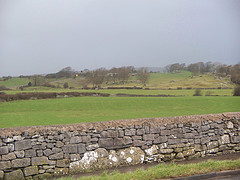Ancient Glass History
Little is known about the origins of glassmaking in the ancient world. One early source, Pliny the Elder (AD 23 – 89), recounted the tale of natron (soda) merchants who, while stopping to prepare a meal, propped their cooking vessels on the beach with blocks from their cargo. The heat of the fire fused the natron and sand, creating a new substance, which Pliny claims marked the beginnings of glass.
Glass-like materials were used in Egypt long before the actual production of glass itself. Egyptian faience, a popular material for crafting amulets and small vessels, consisted of a mixture of quartz sand and an alkali binder. It was molded and fired, resulting in a bright glaze forming on the surface. True glass, however, is more challenging to produce, as its components must be heated to a high enough temperature to melt and fully fuse. Mesopotamian cuneiform tablets contain some references to glassmaking, suggesting that it was a complex and secretive process. No historical recipe for glassmaking exists, but it is possible that in trying to replicate pottery glazes, the combination of sand, soda, and lime bonded compatibly, forming the 4,000-year-old lump of blue rod discovered near Eshnunna, which … ...Read the rest.
“Ancient Glass History”


 Manuel is a passionate, driven, and techsavvy AV technician,
Manuel is a passionate, driven, and techsavvy AV technician, 

Recent Comments